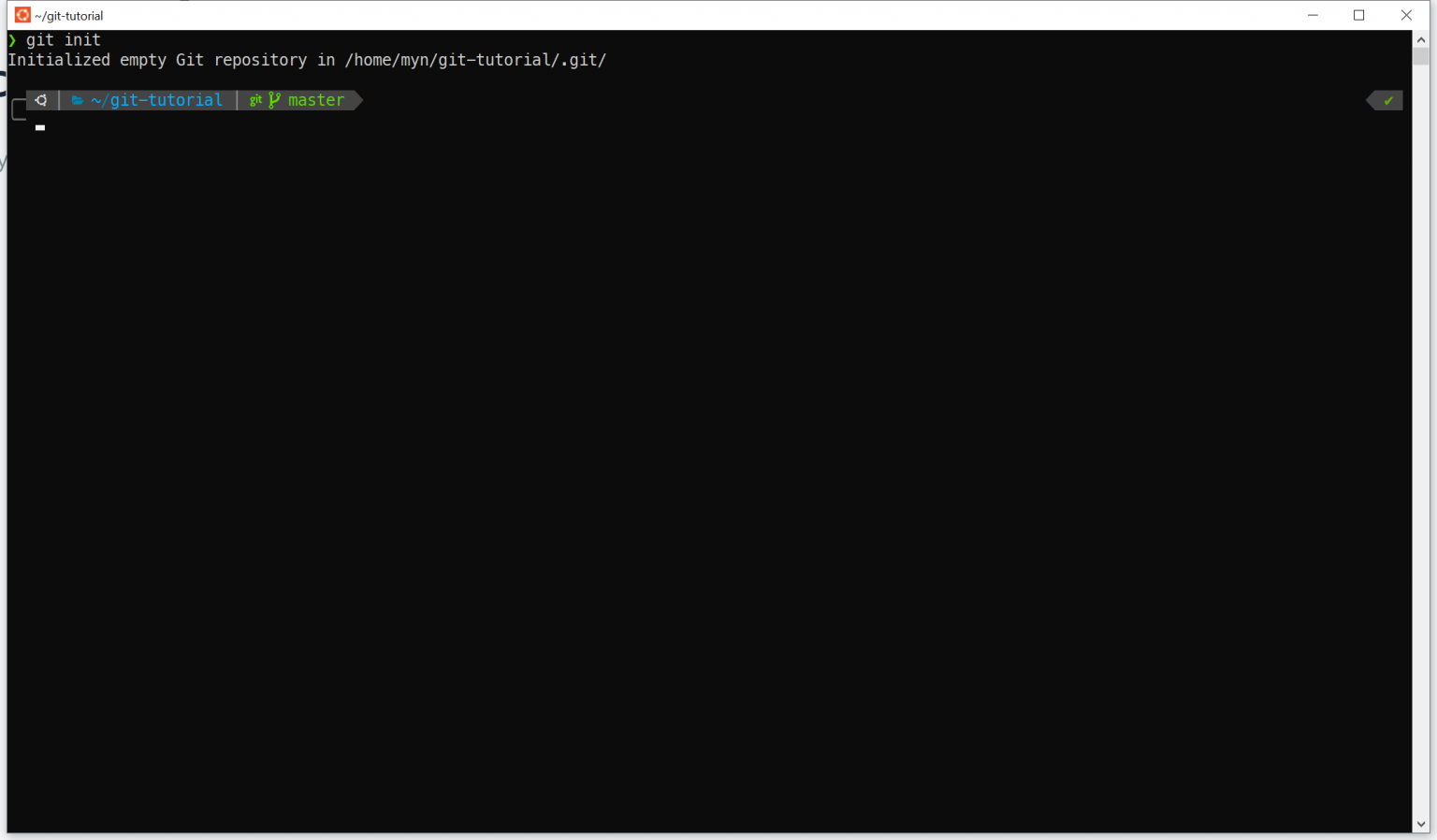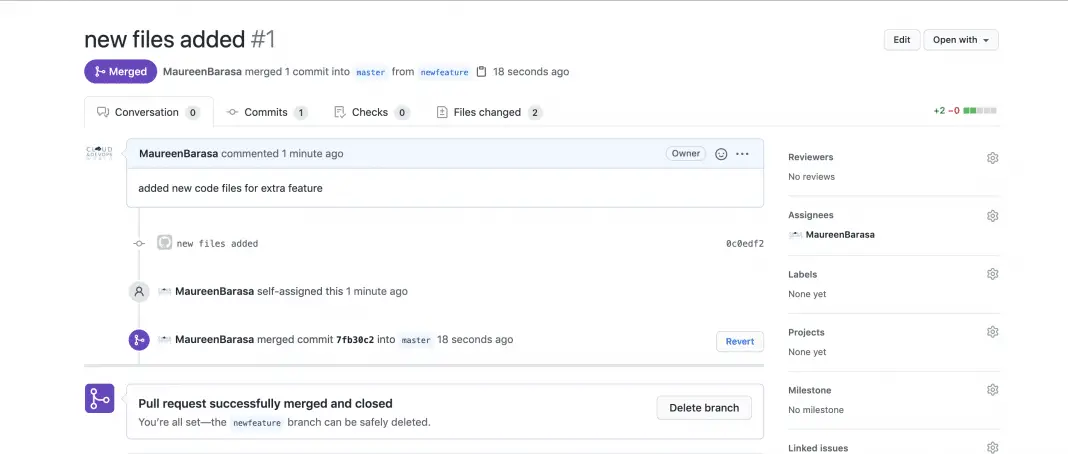
If we do git branch -vv again, we can see that jsChanges is now mapped to origin jsChanges. We can do -set-upstream or we can do -u, and then origin jsChanges. Same as last one but for two commits back: git reset -hard HEAD.

Much like creating a branch from a commit, you can also create a branch from a tag.
Add files and change message with: git commit-amend -m 'New Message'.Undo last and remove changes: git reset -hard HEAD. git branch master git branch commit-branch 735c5b4 git branch commit-branch master You can also use the git checkout -bWe have to push while setting the upstream to the origin jsChanges, just like this is origin master. Undo last commit putting everything back into the staging area: git reset -soft HEAD.

When we do, we get a fatal error, because if we do git branch -vv, we don't have jsChanges linked to any remote branch. Option 2: git commit on master branch git checkout master // apply changes here git commit -m 'New commit, new commit message' Less elegant. If we do a git log oneline, then we have "Adds Hello World" on the jsChanges branch, which has diverged from the master branch. This creates new commit REPLACING current tip of master branch (most likely previous commit you did there, unless you or others worked there already, previous commit was pushed, etc.). Modify Files in Feature Branch We will add some commits or add new lines in the feature-1 branch. Now, this branch is ready for individual development. This will create a new branch mirroring the commits on the currently active branch: git branch new-branch git branch master new-branch As a brief aside, keep in mind that behind the scenes Git does not actually create a new set of commits to represent the new branch. To activate the new branch, use this command in the terminal: git checkout feature-1 Switched to branch feature-1 The above command will switch the active branch from master to feature-1. We'll commit that and we'll say, "Adds Hello World." To create a new branch, we can use the git branch new-branch command. Add the stashed commits to the current commit, then create a new branch.
How can you do that Use git branchYou would like to restore some previously stashed work to a new branch. Then, let's save that and do a git status. Delete the push-notifications branch it will be committed to the master branch automatically. We'll make a function called helloWorld again, and we can say alert i. Master is linked to a remote, but jsChanges is just a local branch for now. If we do git branch -vv, for verbose mode, then we can see the current commit that we're on for each branch, and we can see the remote that we're on for each branch. We can also do git branch to see all of our branches. If we do a git status, we can see that we're on the branch jsChanges. You should resolve them and add your changes by running git add command: git add.

That's what we'll do to make a new branch. The following command rebase the current branch from master (or choose any other branch like develop, suppose, the name of remote is origin, which is by default): git rebase origin/master. We can do git branch and then our branch name like jsChanges or we can do git checkout -b jsChanges. Instructor: We can create a new branch in two different ways.


 0 kommentar(er)
0 kommentar(er)
